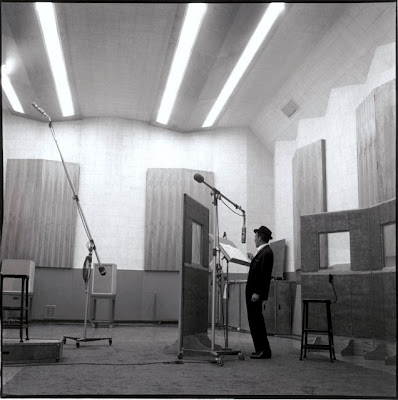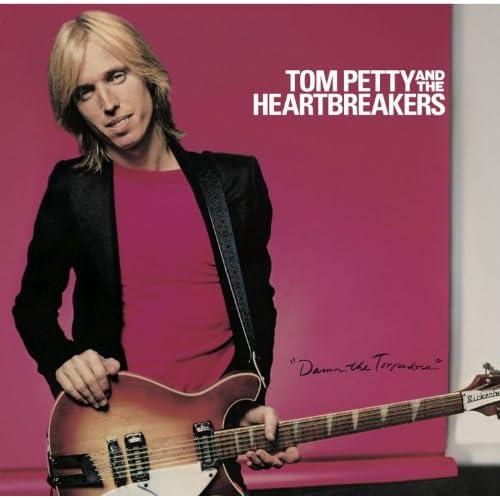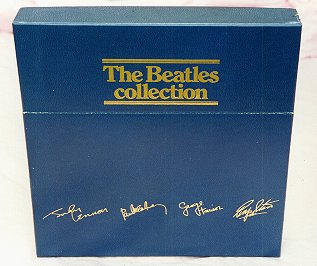
On the heels of their two excellent Sinatra releases last year, Nice 'N' Easy, and Frank Sinatra Sings for Only the Lonely, Mofi is back with the first-ever vinyl release of Sinatra: Live in Paris. In this 1962 concert, which remained unreleased until 1994, Sinatra is backed by a jazz sextet--rather than the full orchestra or big band that often accompanied him on live dates. The result is a slightly more intimate experience, where he has the chance to show off his fantastic voice as well as his charm, without the bombast that sometimes comes with a larger band.
When I first heard Sinatra at the Sands, I almost instantly developed a preference for Sinatra live. To me, his charisma and charm are fully realized in his live recordings, and while I still enjoy his studio recordings, I gravitate toward his live albums when I want to hear him. Unfortunately, his live catalog is fairly limited.
Both the 1966 time capsule, Sinatra at the Sands, and the truly superb Sinatra '57 (released by DCC in 1999) feature Sinatra backed by a big band or full orchestra. The 1959 concert, Live in Austalia, with the Red Norvo Quintet, is sadly marred by much worse than average fidelity. And by the time The Main Event was recorded in 1973, Sinatra's voice wasn't quite what it once was. So, when the Live in Paris concert was released on compact disc in 1994, Sinatra fans had high hopes.
The 1994 compact disc release presented this recording in what sounded like fake, processed stereo, resulting in a wonky sound that detracted from the otherwise great set. It now appears on vinyl for the very first time.

Sinatra, in the studio
Mobile Fidelity wisely spread Live in Paris out over two platters and presents it in a gatefold cover made of heavy card stock. The discs, as always, are housed in their own rice paper sleeves and arrived flat, clean, and were virtually silent during playback. Mofi continues to release superior quality vinyl pressings that are rivaled only by the world's finest plants, such as Japan's Toyokasei and Germany's Pallas.
In 1962, Sinatra had only been on his new label, Reprise, for one year--thus, Live in Paris features much of his prime 1950s Capitol material. Highlights include what might be the finest recorded version of Night and Day, with Sinatra accompanied solely by Al Viola on guitar; and a beautifully delivered My Funny Valentine, featuring a tastefully restrained Harry Klee on Flute.
**This 1962 show was originally recorded on both mono and stereo reels, most likely for a live album that was never released. In 1994, when the compact disc was first released, the mono reels were incomplete, so Reprise used the stereo tapes. Engineer Rob Loverde has gone back to the same stereo tapes used for the 1994 compact disc release, in mastering this release for vinyl.
On the Mofi vinyl, Sinatra's voice is clear and present, and the tonality is well balanced--never sounding shrill or bright. The stereo image, however, is extremely narrow, with little separation from left to right. While the sound can't quite compare to the '57 show, where Sinatra's voice exhibits a full, rich midrange character that "puts him in the room with you," it is still very good--and much better than I remember the original 1994 compact disc sounding.
While it won't replace '57 as my favorite live Sinatra, this excellent remastering from Mofi allows Live in Paris to take its rightful place aside '57 and Sands in the triumvirate of live Sinatra releases.
Recommended
**In the initial version of this review, I reported that this recording was mastered in mono from the mono tapes. That was my belief about this release before it hit my turntable. I was obviously mistaken. Shortly after beginning my first listening session for the review, I flipped the mono switch on my phonostage and it remained in the mono position for each subsequent listening session. In effect, I was listening to a fold-down of the stereo mastering and what I have reported is primarily based upon those observations. I plan to post additional impressions of the record after further listening without engaging the mono switch.










1 comments:
The stereo image is as you state because it is not a stereo recording. Mobile used processed fake stereo tapes from Reprise. Much about this at the Hoffman forum.
Post a Comment